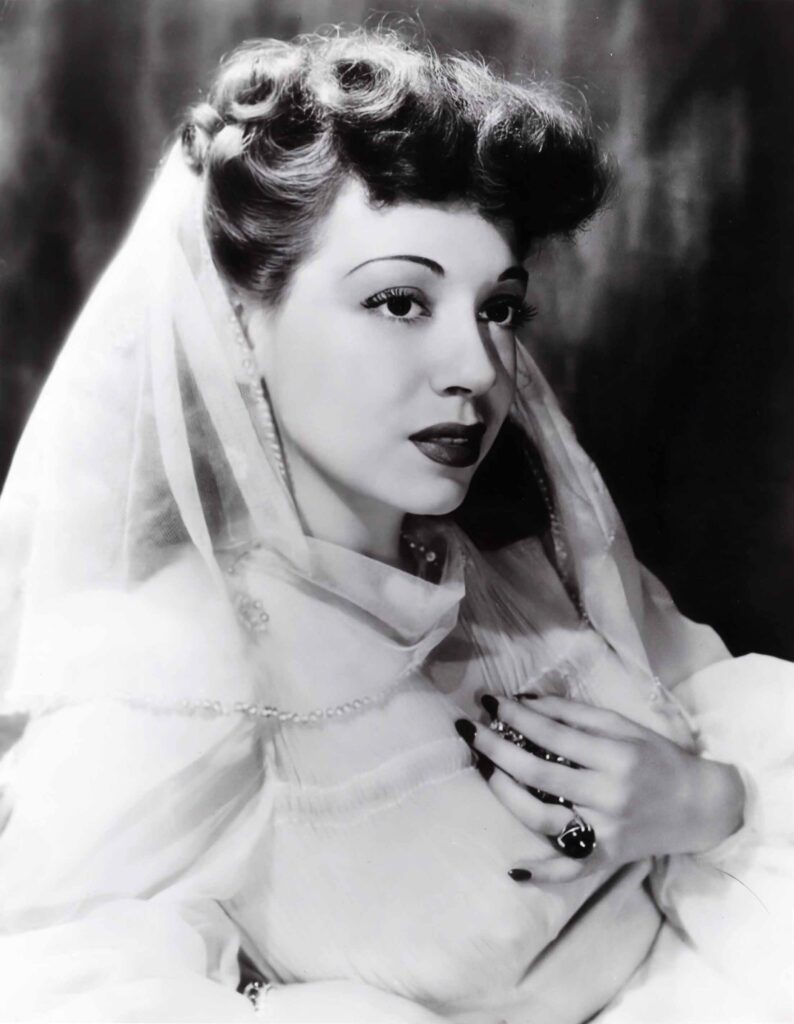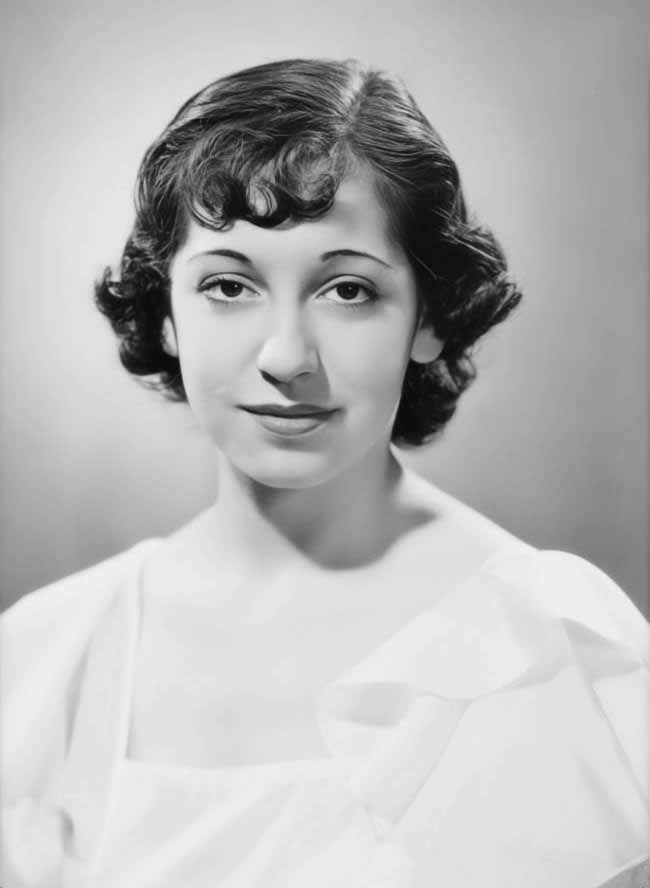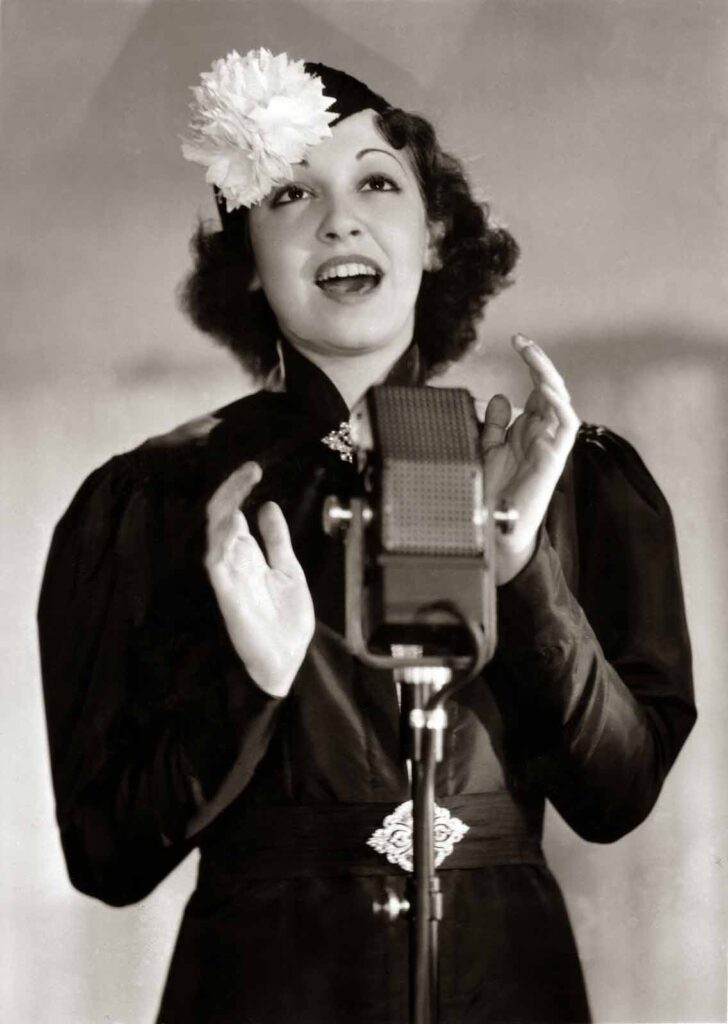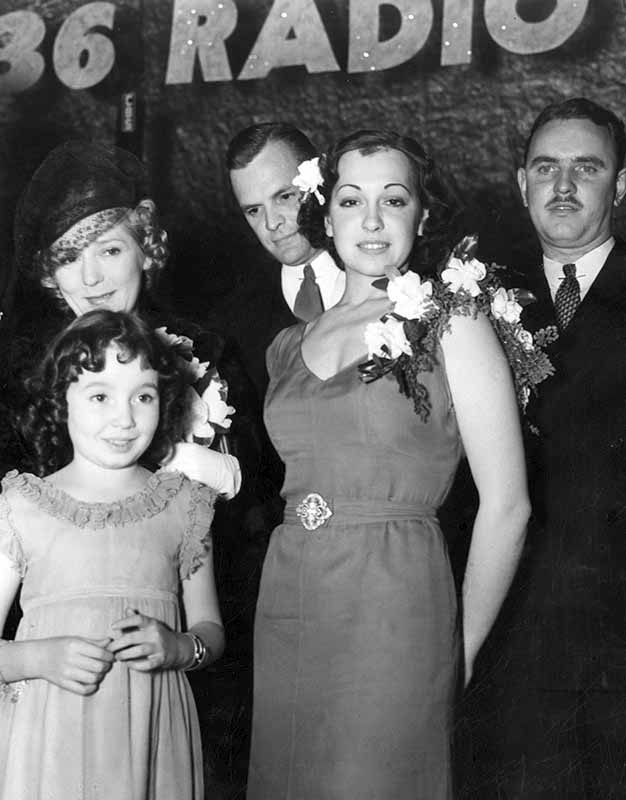Information
Full name: Beatrice Irene Hagen
Birth: August 10, 1917 in Chicago, Illinois
Death: April 28, 1999 in Los Angeles, California
Marriage:
Louis M. Fisch (August 8, 1938 – February 15, 1994)
Job on Snow White:
Singing voice of Snow White in the first French version (uncredited)
Debut
Born Beatrice Irene Hagen on August 10, 1917 in Chicago (baptismal certificate no. 25846), Illinois, she died on April 28, 1999 in Los Angeles. Her parents were Nathan Hagen (born around 1888 in Russia, immigrated to the U.S. in 1892) and Anna Lazar (born 1900 in Russia, emigrated in 1905). She had an older brother, probably adopted, named Irvin Braun (born around 1913 in Ohio to a Romanian father and Hungarian mother), and a younger brother named Earl Hagen, born in Illinois around 1920.
She was 20 years old when she lent her voice to the Princess. She was a Hollywood girl and, contrary to popular belief, was chosen less for her ability to speak French (her American accent is undeniable). She was selected by Marcel Ventura because she was a lyric soprano and had had her share of radio success in her day, but above all because, despite her young age, she was already an old timer at the Disney studio. As early as 1932, she lent her voice to singing characters in the Silly Symphonies, starting with one of the mermaids in the cartoon King Neptune. She was only 15 years old at the time, and lent her voice several times in short films. In the form of a little rabbit, for example, she warns the hare about the tortoise’s chances of winning the race in The Tortoise and the Hare. She is also one of the celestial voices heard in The Old Mill, and has probably taken part in the backing vocals of numerous productions. She’s also the singing voice of famous Disney characters like Clarabelle Cow in Mickey’s Fire Brigade. It’s also likely that she took part in the French versions of these short films, making her choice more natural than it seems today.
Radio Star
In 1936, she was even voted “Hollywood’s First Radio Baby Star” by Southern California radio programmers, in recognition of her work on the air the previous year. She even made the cover of the French newspaper Comœdia on April 17, 1936!
Shortly afterwards, on May 10, 1936, she appeared in New York as an American star on Paul Whiteman’s “The Woodbury Musical Varieties” at 9:45pm on NBC, with a repeat at 11:30pm. On this occasion, she rubbed shoulders with Mary Pickford and Bing Crosby.
She was also a member of the “Grenadiers” singing ensemble with pianist George Malloy.
According to the imdb, she started as a chorus girl on the silver screen in several 1929 musicals. The data base lists an impressive 135 titles in her filmography, mostly as a chorus girl, or a singer, which would fit her career. However, if her birth date is correct, she would have been only twelve in 1929!
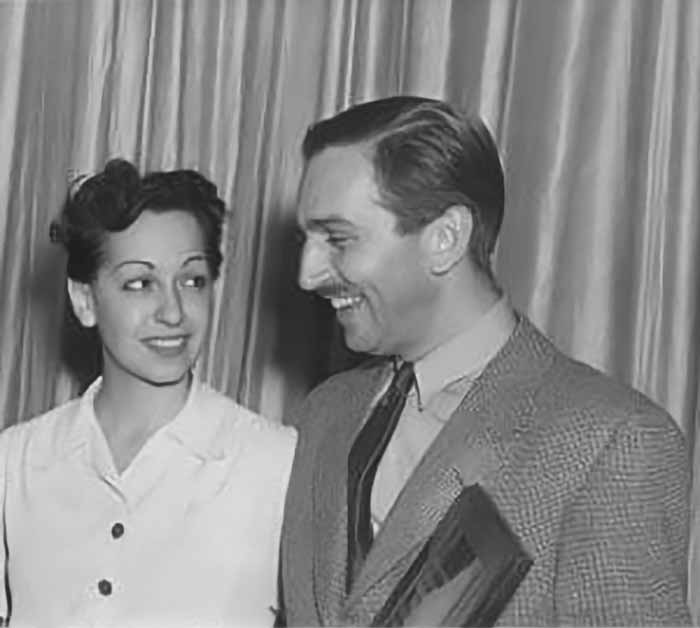
The French Snow White
Beatrice Hagen is the singing voice of Snow White in the film’s first French-language dubbing. Although her participation was not publicized, it was mentioned in a few rare American press articles, such as “The Bnai Brith” of October 29, 1943.
Listening to her voice, it’s easy to understand why director David Hand was unhappy with the singing in the French version. It’s probably not Beatrice’s vocal performance, but the quality of the recordings. The spoken voices are quite intelligible for a 1938 recording, yet as soon as Snow White starts singing, the sound saturates at the slightest high note, something the score is full of.
Miss Hagen most likely owes her probable knowledge of the French language to her parents, who emigrated from Russia at the turn of the century. If Beatrice was born in the USA, it’s possible that she heard her parents converse in French at home, as the French language was still in use at the Czar’s court at the time.
In any case, contrary to rumors, this is not the voice of Élyane Célis, Lucienne Dugard or Irène Hilda. The voices are all different and don’t match.
At the same time, Beatrice Hagen recorded for the studios the voice of the farmer in the Silly Symphony Farmyard Symphony, in which her timbre is recognizable.
After Snow White
Shortly after recording the Snow White songs, she married her Prince in Santa Ana on August 8, 1938, a clothing manufacturer and merchant named Louis M. Fisch, 34, born in Saint Louis, Missouri, on November 13, 1903, and residing in Los Angeles, to Abraham Fisch and Mary Senderowitz, Austrians. He is the third son and has two younger sisters. His brothers were born in New York, one sister in Illinois and one in Missouri. He is the very same Louis M. Fisch who had his “congratulations and best wishes” to Walt Disney printed in the world premiere program of Snow White and the Seven Dwarfs.
On October 11, 1939, Variety reports that Beatrice is seriously injured after being hit by a cab in Memphis. She sued the company. From articles in 1942, we learn that the soprano performs in Newport and elsewhere as a soloist, and is known in the Jewish community for her concerts and appearances on stage and radio, as well as for the charity galas in which she participates. It also mentions that her husband is well known in Zionist circles.
Beatrice Hagen appeared again in 1943 in Gilbert & Sullivan’s operetta “Trial By Jury”, alongside Jean Forward, Lee Sweetland, Michael Butler, Lee Wintner, Harold McMurrin, Lee Wintner, Jean Forward, and Wilton Clary. She plays the role of Angelina.
She appeared with the Houston Symphony Orchestra in 1944, then in the Redlands Bowl concerts.
Records show that Beatrice and her husband made a trip to Honolulu, Hawaii, returning on May 5, 1948 aboard the S.S. Lurline.
Louis died on February 15, 1994 in Los Angeles, and Beatrice died on April 28, 1999 at the age of 82. Her death certificate erroneously lists her birthplace as Ohio.
